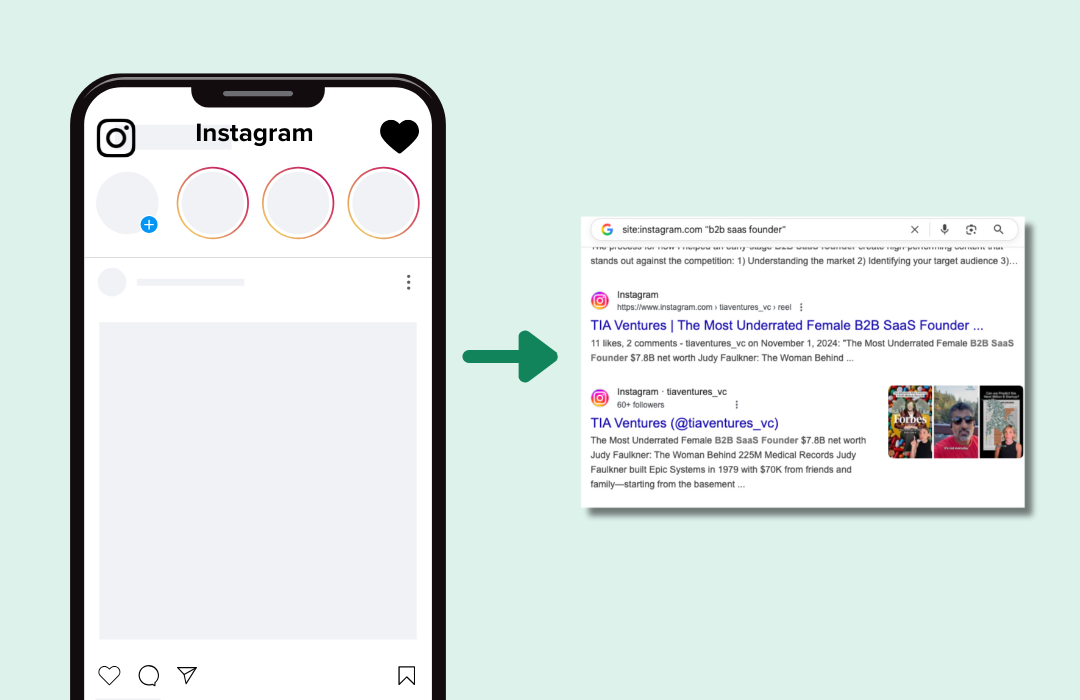As much as sales professionals would like it to happen, the reality is that buying decisions are almost never made when sitting in the room with a prospective client. Those decisions are increasingly made after the meeting takes place when the client is reviewing the information presented and likely comparing it to other offerings.
To me, this is the most critical part of the sales process. The salesperson is no longer in the room, but the actual buying decision is being made.
This begs the question – how do sales professionals ensure their message is clearly presented at this most critical part of the sales cycle? Does a string of emails with content attached really put you in the best position to win the deal?
To answer these questions I think we need to break down exactly what is happening in today’s world of B2B sales:
Your point of contact is pulling more people into the internal conversation
Buying decisions are made by committee, but sales professionals typically only have access to a small portion of that committee. The job is to gain the trust of your point of contact, empower them with the information they need, and make it easy to review and evaluate your product or service during larger internal conversations.
Your information is increasingly being accessed on mobile devices
The statistics around use of mobile devices to aide in a buying decision vary. At PointDrive, we estimate 44% of B2B buyers review content on a mobile device when evaluating a new product or service. The reality is, whatever the actual statistic, we all know that content is being viewed on mobile devices. Further, we all know that use of mobile devices is increasing and showing no signs of slowing down.
Buying signals become digital actions
When you are in the room, you pick up on the client’s buying signals. The reaction someone gives to part of your presentation dictates what you do next. You get a feel for what’s important to the client and begin to tailor your message. In today’s world those signals are there, but become digital actions like spending more time reviewing one document over another, or downloading a certain part of the presentation. The signals are there, but you need the right tool to pick up on them.
Knowing that your point of contact needs to present your information on your behalf, that more than likely that information will at some point be accessed on a mobile device, and that buying signals are available if you can get to them, I’ll pose the question again:
Is a string of bulky emails full of attachments, bullet points, and links the optimal way to position yourself at the point in the sales cycle when the buying decision is being made?
I’d argue it definitely is not and that true sales professionals are in desperate need of an alternative, one that:
- Allows them to package up and share critical content in a more engaging way
- Ensures that content is easily consumed on any browser or device
- Truly makes it easy for the client to then share and review the information with all decision makers
- Provides meaningful analytics that replicate the buying signals clients give off during in person meetings – essentially putting the sales professional “in the room” even if they can’t physically be there
There are so many tools available to help with lead generation, prospecting, managing contacts, and running remote meetings. Each of these is critical and help at various stages of the sales process, however, there is no tool that is being used at that most critical part of the sale when the buyer is actually making the decision.







